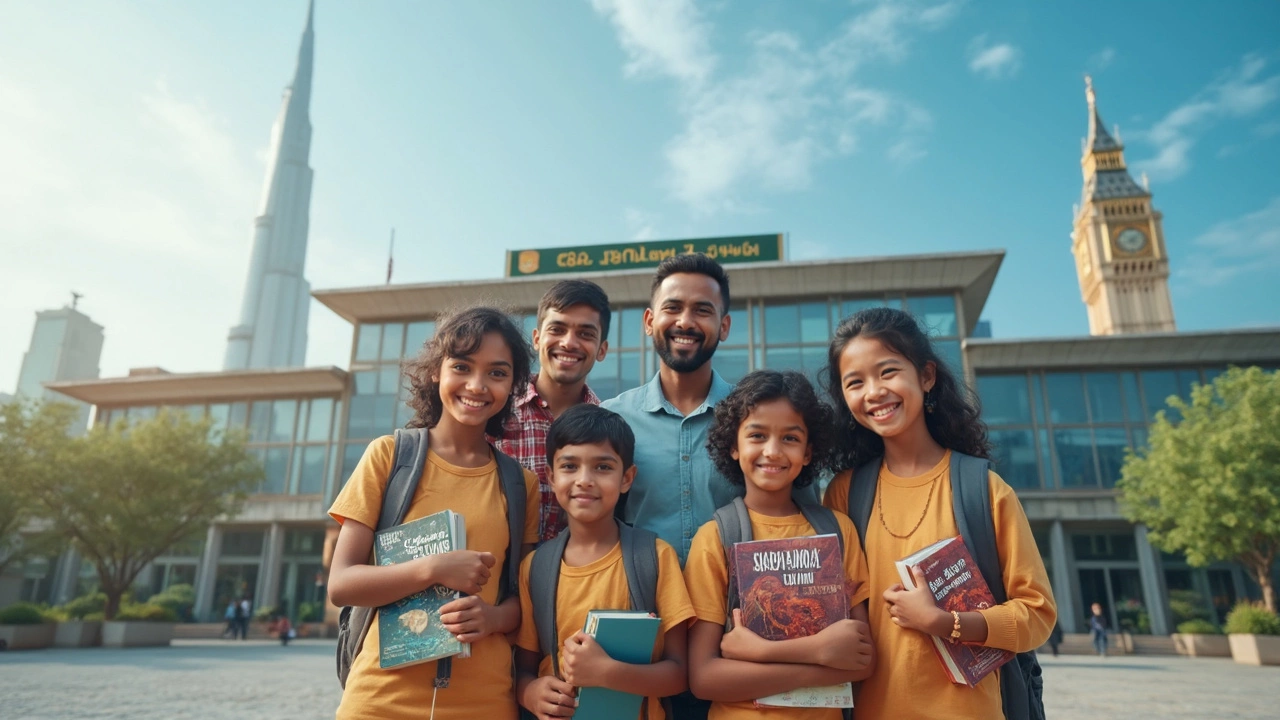
CBSE Schools International – What Parents Need to Know
If you’re looking for a school that follows the Indian CBSE curriculum but is located outside India, you’ve landed in the right place. International CBSE schools combine the familiar board standards with a global environment, so your child can stay on track for Indian exams while getting exposure to new cultures and teaching methods.
These schools are spread across the Middle East, Southeast Asia, Europe, and even North America. They usually offer the same textbooks, assessment patterns, and board exams as schools in India, which means no surprise when the Class 10 or 12 results come out. At the same time, many of them add extracurriculars, language options, and modern facilities that you might not find in a typical Indian school.
Why Choose an International CBSE School?
First off, continuity. If your family moves abroad for work or study, an international CBSE school lets your child continue the same syllabus without a major academic break. This stability is especially handy for students who plan to sit for the board exams and later apply to Indian colleges.
Second, exposure. Studying alongside peers from different nationalities widens a child’s outlook. They pick up new languages, learn to work in diverse teams, and often gain better English communication skills, all of which boost college applications worldwide.
Third, resources. Many overseas CBSE schools invest in state‑of‑the‑art labs, smart classrooms, and sports complexes. They blend the structure of CBSE with innovative teaching tools, giving students a more interactive learning experience.
How to Pick the Right CBSE School Abroad
Start by checking the school's affiliation. It should be officially recognized by the Central Board of Secondary Education, with a valid affiliation number on the CBSE website. Without this, the board exams won’t be valid.
Look at the faculty credentials. Teachers who have been trained under CBSE’s Continuous Professional Development (CPD) program tend to follow the latest teaching practices. Ask about teacher‑student ratios; a lower ratio usually means more personalized attention.
Consider the fee structure and extra costs. International schools often charge higher tuition, but some offer scholarships or sibling discounts. Make sure you understand what’s included – lab fees, transport, extracurriculars – so there are no hidden surprises.
Visit the campus if you can. Walk through the classrooms, labs, and sports areas. Talk to current parents and students to gauge satisfaction levels. Their real‑world experiences often reveal strengths or gaps the brochure doesn’t mention.
Finally, think about the location’s safety and community support. Schools in expatriate-friendly neighborhoods usually have robust parent‑teacher associations, which can be a huge help when you’re adapting to a new country.
Choosing an international CBSE school is a mix of practical checks and personal preferences. By confirming the affiliation, assessing faculty quality, understanding fees, and visiting the campus, you can feel confident that your child will get a solid Indian education while soaking up the benefits of a global environment.
